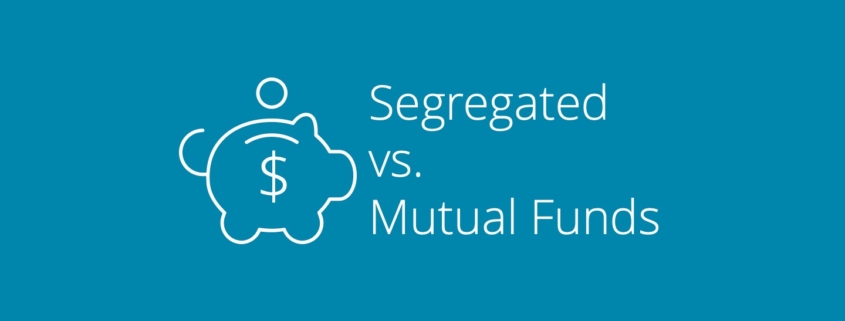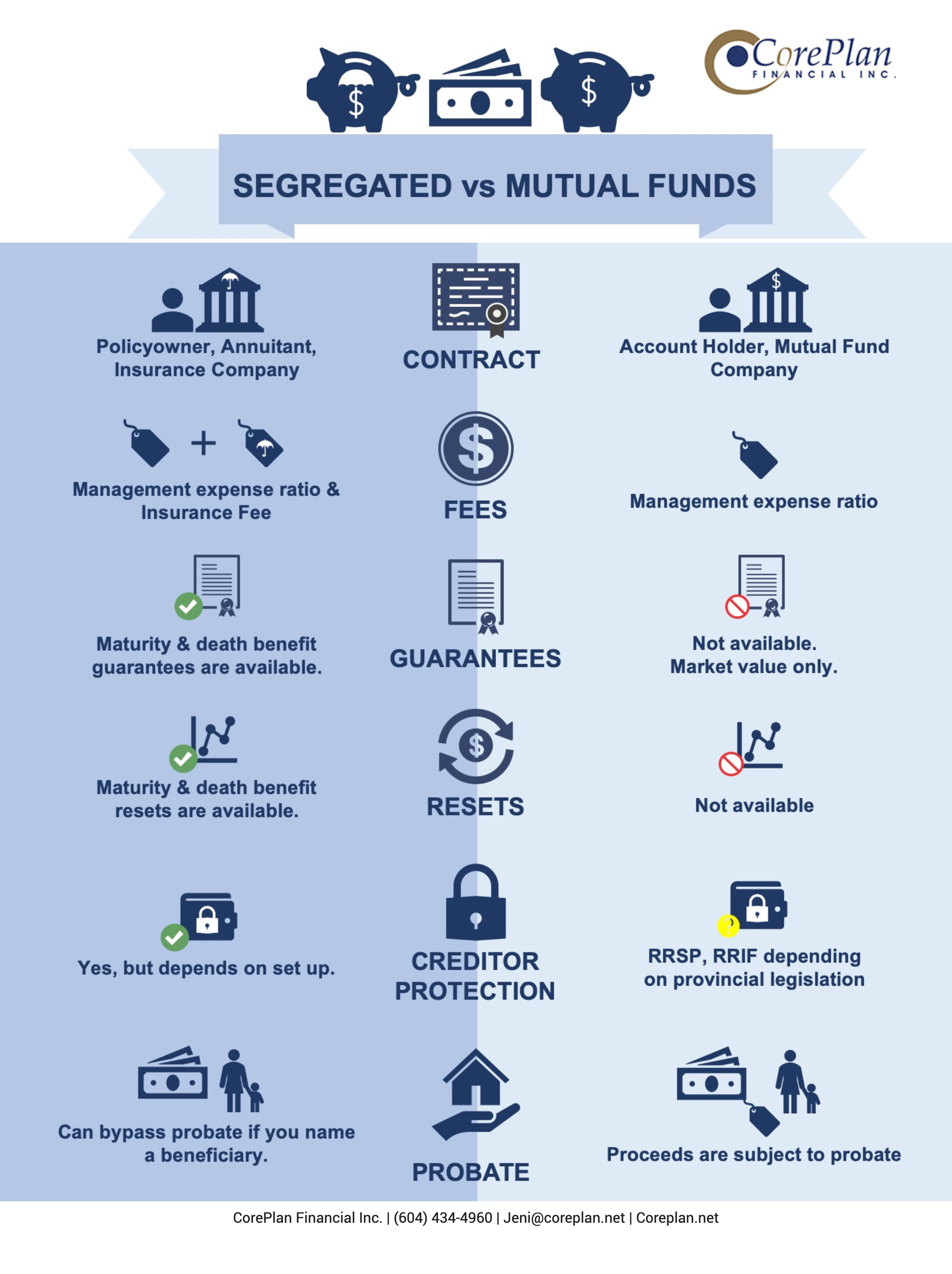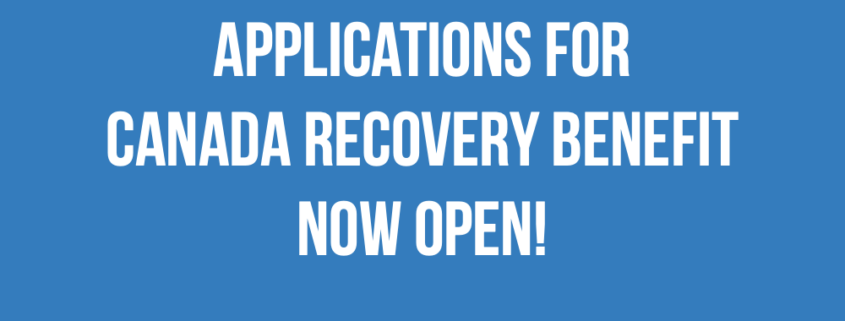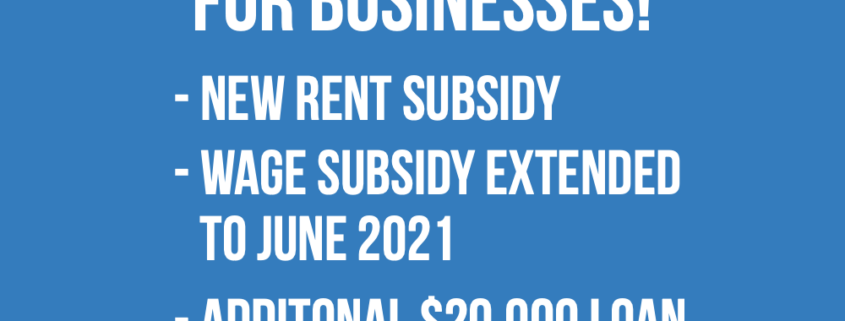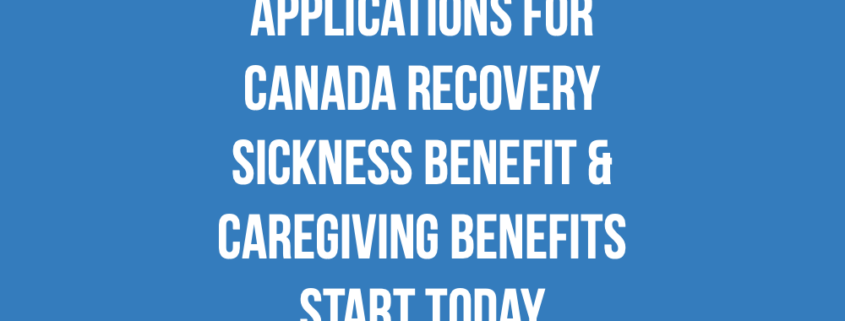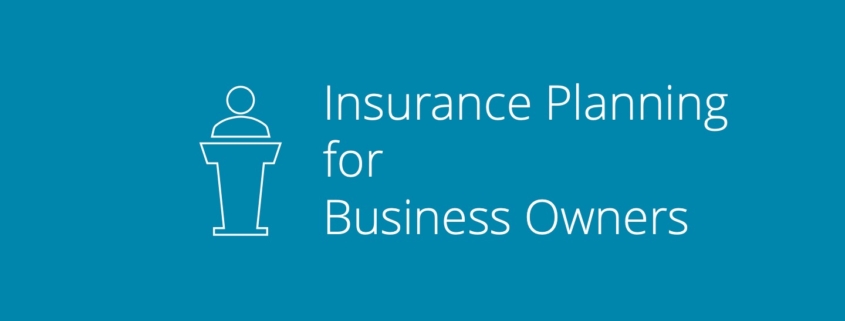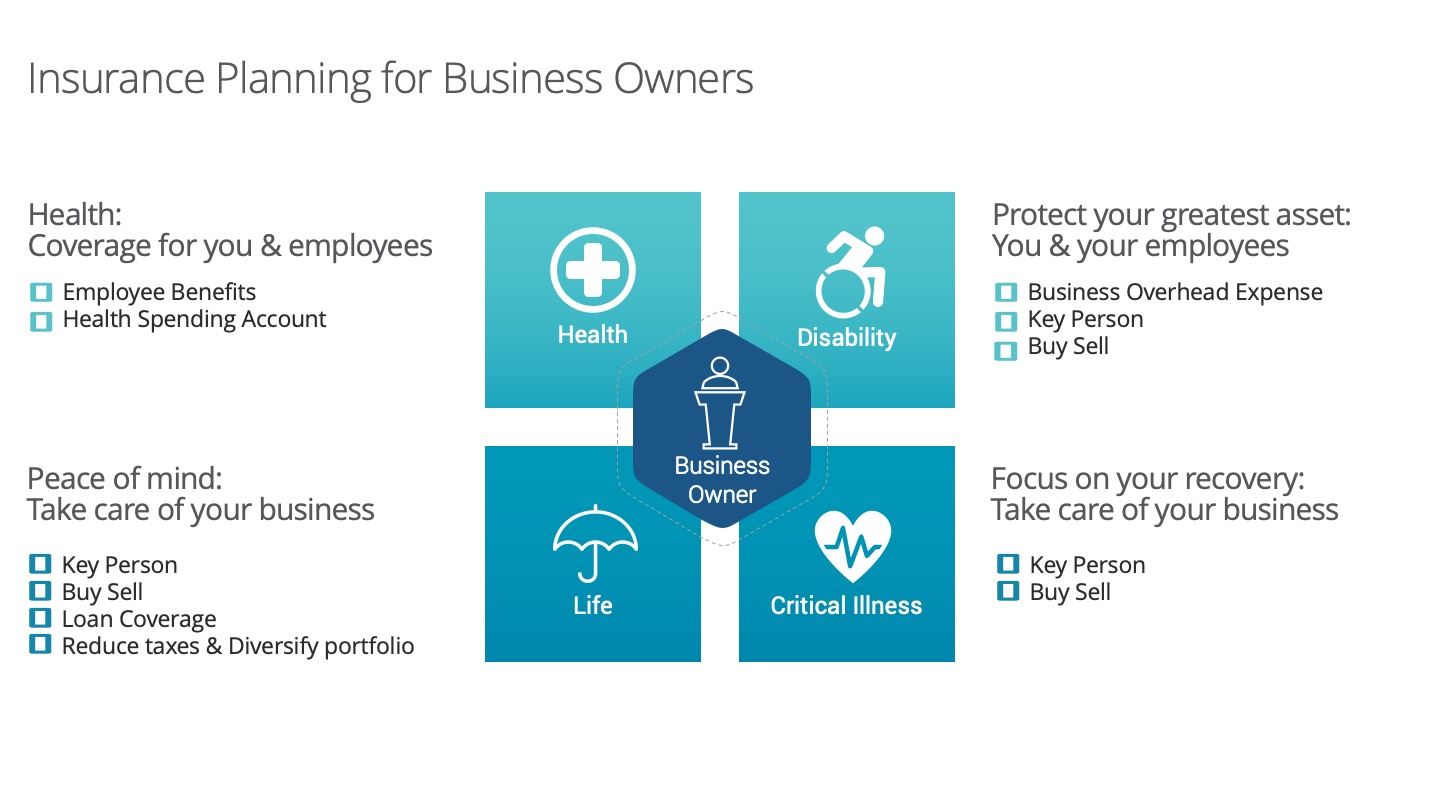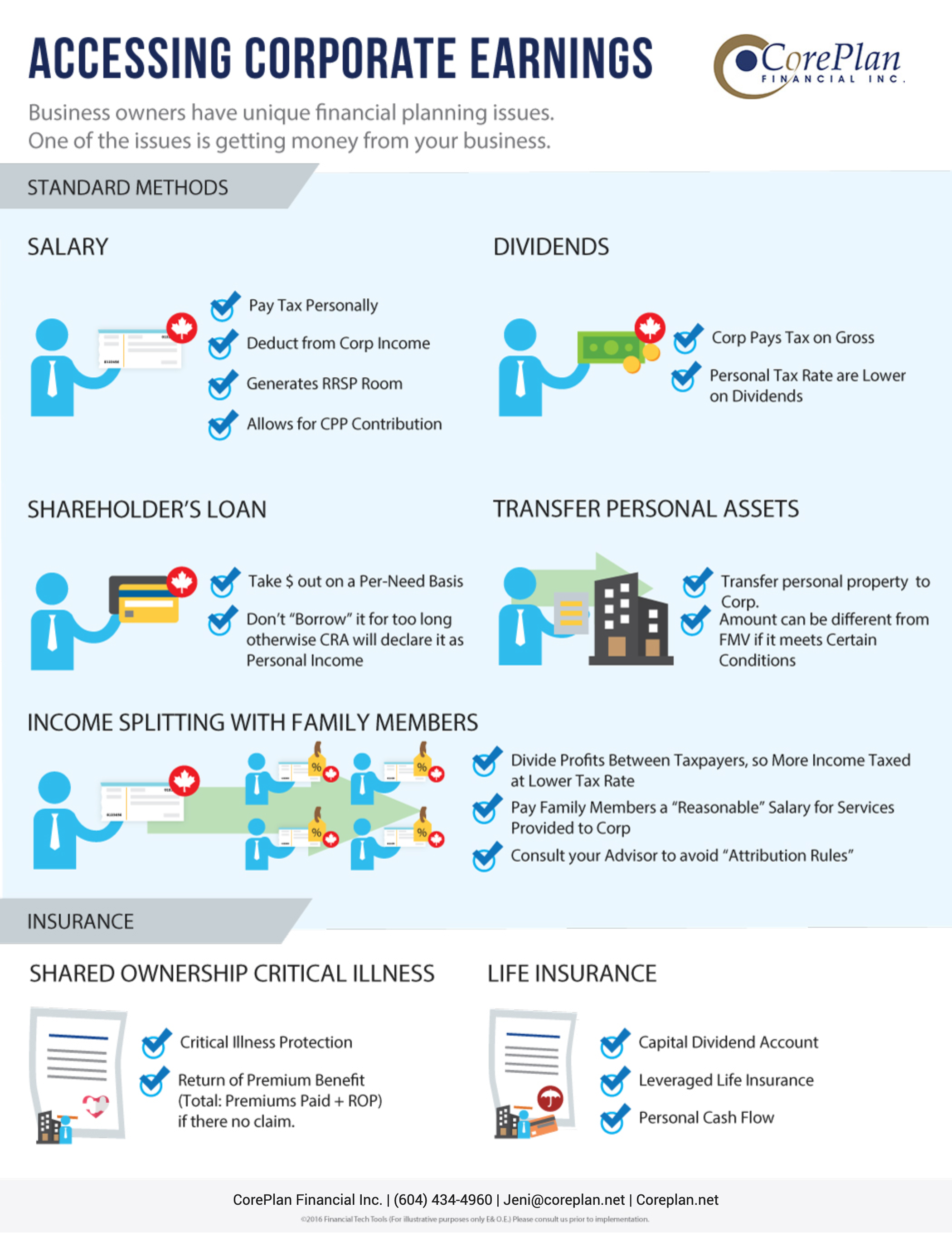Applications for the new Canada Emergency Rent Subsidy starts today!
For businesses, non-profits and charities facing uncertainty and economic challenges due to COVID-19, the Government of Canada is now taking applications for the new Canada Emergency Rent Subsidy (CERS). The CERS delivers direct and targeted rent support without the need to claim assistance through landlords and provides:
-
up to 65% of rent for businesses, charities and non-profits impacted by COVID-19.
-
an additional 25% Lockdown Support during a public health lockdown order.
From the canada.ca website:
Canada Emergency Rent Subsidy (CERS)
Canadian businesses, non-profit organizations, or charities who have seen a drop in revenue due to the COVID-19 pandemic may be eligible for a subsidy to cover part of their commercial rent or property expenses, starting on September 27, 2020, until June 2021.
This subsidy will provide payments directly to qualifying renters and property owners, without requiring the participation of landlords.
If you are eligible for the base subsidy, you may also be eligible for lockdown support if your business location is significantly affected by a public health order for a week or more.
Eligibility criteria
To be eligible to receive the rent subsidy, you must meet all four of the following criteria – you:
-
Meet at least one of these conditions:
-
You had a CRA business number on September 27, 2020
OR
-
You had a payroll account on March 15, 2020, or another person or partnership made payroll remittances on your behalf
OR
-
You purchased the business assets of another person or partnership who meets condition 2 above, and have made an election under the special asset acquisition rules
These special asset acquisition rules are the same for the Canada Emergency Wage Subsidy (CEWS).
OR -
You meet other prescribed conditions that might be introduced
Note: there are no prescribed conditions at this time
If you don’t have a business number but you qualify under condition b or c, you will need to set one up before you are able to apply for CERS. You do not need a payroll account to apply for CERS.
-
-
Are an eligible business, charity, or non-profit (eligible entity)
Check which types of businesses, charities, or non-profits are eligible
If your business, charity, or non-profit is related to another eligible entity, you may be considered an “affiliated entity”. This may affect your calculations for the subsidy.
Learn more about affiliated entities
-
Experienced a drop in revenue
Your drop in revenue is calculated by comparing your eligible revenue during the reference period with your eligible revenue from a previous period (baseline revenue).
There is no minimum revenue drop required to qualify for the subsidy. The rate your revenue has dropped is only used to calculate how much subsidy you receive for these periods.
Calculate your revenue drop online
After you have read about the expenses you can claim, you can use the online calculator to find your revenue drop while calculating how much subsidy you may receive.
OR
Read about the calculation
You can read the in-depth details of how the revenue drop is calculated.
Check what counts as eligible revenue
A CERS application must be filed no later than 180 days after the end of a claim period.
-
Have eligible expenses
To apply for CERS, you must have a qualifying property. Only certain expenses you pay for qualifying properties are eligible for CERS.
Learn about qualifying properties and which expenses you can claim
The full details of the CERS can be found at: https://www.canada.ca/en/revenue-agency/services/subsidy/emergency-rent-subsidy.html


